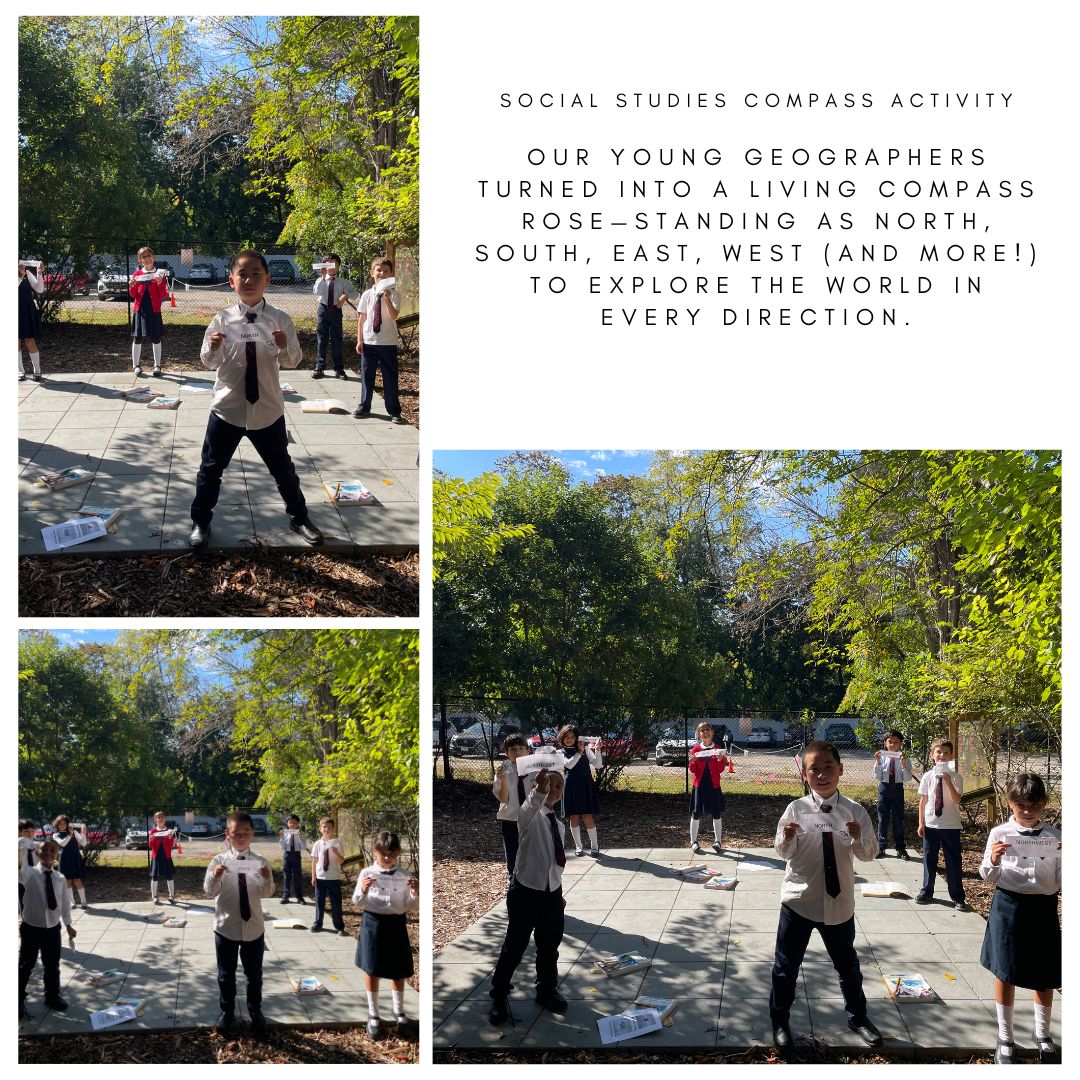Beyond the Classroom: The Power of Outdoor Learning

Feature Article: Why Outdoor Classrooms Matter
Imagine your child practicing math while jumping through a hopscotch grid, or writing poetry inspired by the sound of birds. Research shows that learning outdoors enhances not only physical health but also academic growth and social–emotional development. Students in outdoor environments demonstrate improved focus, stronger problem-solving skills, and higher engagement compared to peers in traditional classrooms. In fact, a recent meta-analysis of 41 studies found that outdoor teaching improves student outcomes across multiple subjects — including science, math, reading, and writing (MDPI, 2025). The benefits go far beyond “nature topics” and truly support the whole curriculum.
The outdoors also inspires curiosity, creativity, and collaboration. Nature acts as a natural extension of the classroom, transforming trees, soil, and sky into tools for discovery. Educators have found that when children explore outside, they show greater ownership of their learning, deeper engagement, and stronger social skills (Frontiers in Public Health, 2022).
Supporting this, one study found that students in outdoor programs showed significant gains in science achievement, cooperation, and self-esteem after just a few weeks (AIR, 2005). More recent research confirms that nature-rich settings reduce stress, improve attention, and strengthen self-regulation — while also providing opportunities for movement, collaboration, and creativity (Frontiers in Public Health, 2024).
At Laurel Hill, we see the outdoors not simply as a backdrop, but as an essential extension of the classroom. By weaving together inquiry, imagination, and hands-on discovery, outdoor learning empowers children to connect deeply with their environment while developing the academic and life skills they need to thrive in a complex world.
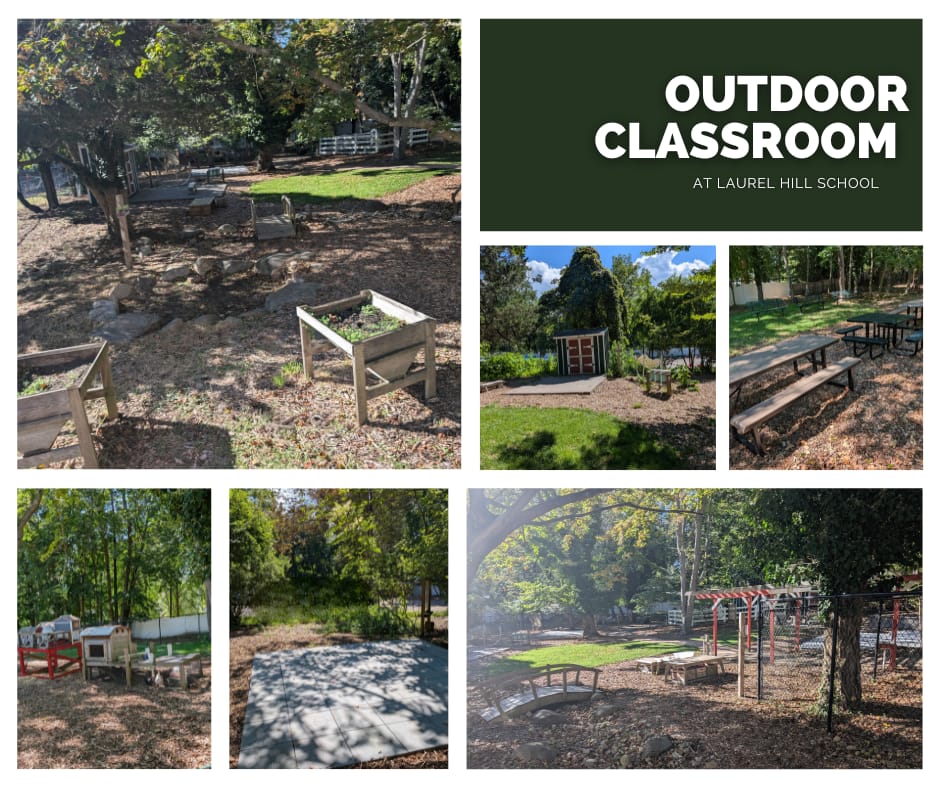
At-Home Tips: Bringing Outdoor Learning Into Daily Life
For Younger Learners (PreK–Grade 4)
Backyard Scientist – Collect leaves, rocks, or flowers and sort them by size, shape, or color. Ask your child what they notice and wonder.
Outdoor Journaling – Bring a notebook outside and encourage children to sketch, write, or label observations. (This builds both literacy and observation skills.)
Math on the Move – Use chalk to create hopscotch multiplication problems or measure how far a ball rolls.
Ask a Question – Example: Why are there more bees near one plant than another?
Family Storytime Outside – Move a read-aloud to the backyard or park; notice how the setting changes your child’s attention and imagination.
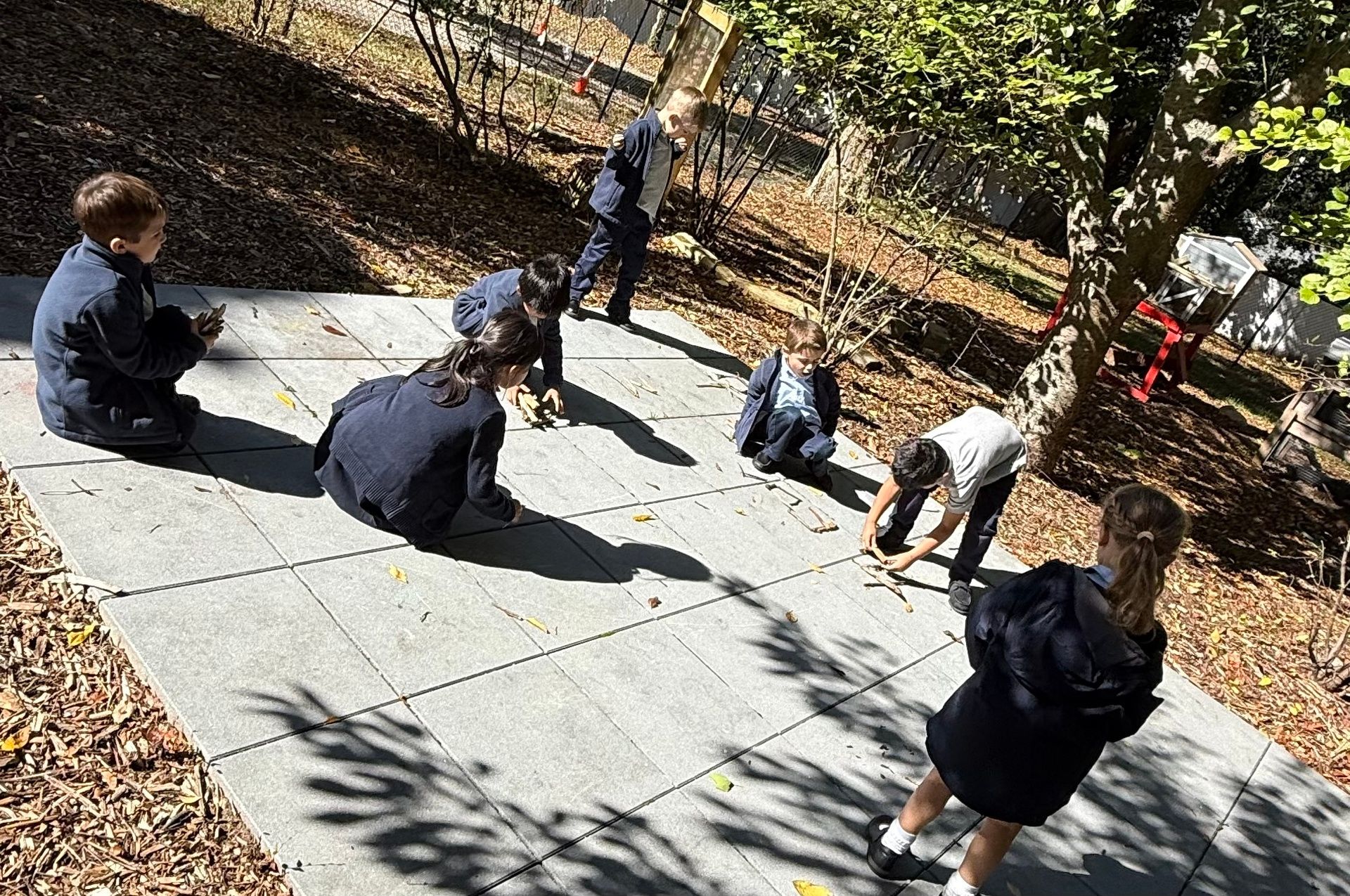
For Upper Elementary & Middle School (Grades 5–8)
Neighborhood Ecosystem Challenge – Observe a park or yard and create a map of the different plants/animals they see. Pose a question (e.g., Why are certain insects drawn to one flower over another?) and track changes over several days.
Outdoor Architect – Challenge your child to design a “dream outdoor classroom” using natural materials, Legos, or drawing tools. Ask them to explain why their design encourages learning.
Data Collectors – Have them measure temperature, sunlight, or soil moisture in different areas of the yard and compare the results. They can graph the data and draw conclusions.
Observe & Record – Note different plants, insects, or birds they see.
Design a Mini-Investigation – Track observations at different times of day, sketch a simple map of where they found different organisms, or compare two locations.
These build inquiry skills, supports science literacy, and makes kids feel like “real researchers.”
Resource Spotlight
Book: Last Child in the Woods by Richard Louv – An influential book that highlights the importance of “nature-deficit disorder” and the benefits of outdoor play and learning.
Website: Children & Nature Network – Research, activities, and ideas for families.
App: iNaturalist (Seek by iNaturalist) - A free, family-friendly app that lets kids use a phone or tablet camera to identify plants, insects, and animals in real time. It turns nature walks into mini science investigations and builds observation skills.
Podcast: Nature Just Got Real - A kid-friendly science podcast that explores different nature topics each week, making it fun to connect outdoor experiences with scientific knowledge. Great for car rides or after school.
Local Connection - Consider visiting a local arboretum, botanical garden, or nature center. Many offer family days, scavenger hunts, and workshops that align with outdoor classroom learning.
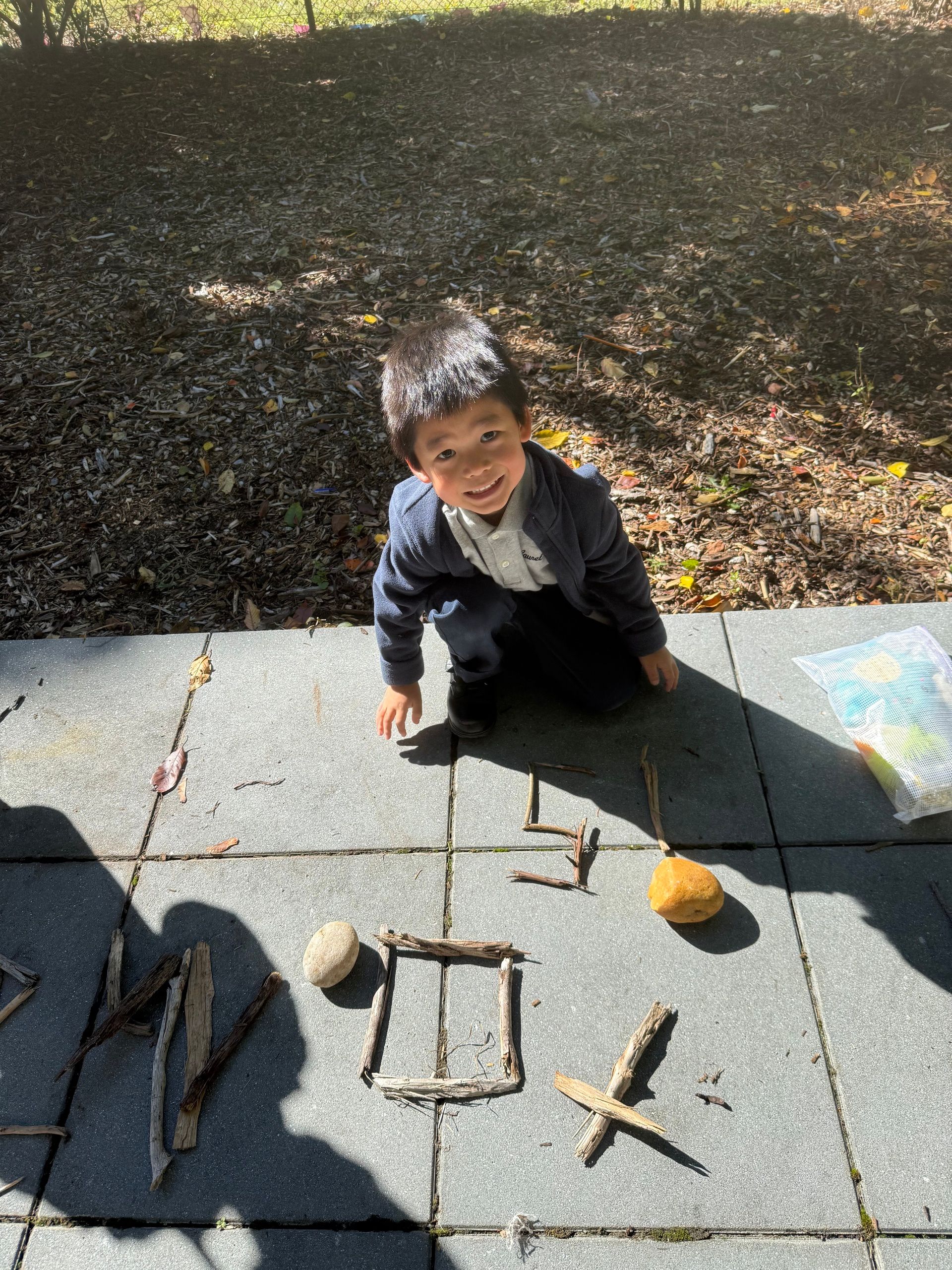
School Connection: Learning Comes to Life in Laurel Hill’s Outdoor Classroom
At Laurel Hill, our outdoor classroom spaces allow students to learn with all five senses. Whether tending to gardens, animals, engaging in outdoor science investigations, or using natural materials for math and art, we embrace the philosophy that learning happens everywhere. But outdoor learning at Laurel Hill isn’t just play—it’s purposeful and woven into all areas of our curriculum.
These are just a few examples of how our classes have brought learning outdoors this fall:
-In ELA, students have created cheers inspired by Stargirl’s school spirit, built survival shelters like Brian in Hatchet, reflected on the value of individualism from Anthem, and examined nature through the poetic eyes of Walt Whitman and Hà from Inside Out & Back Again.
-In Spanish, third graders learned the lullaby “Los pollitos dicen” and sang it to our school’s chickens, while fourth graders practiced vocabulary on their daily walk and wrapped up with a lively counting contest.
-In social studies, students became the cardinal directions themselves—forming a living compass rose to understand geography in motion.
Even our youngest learners join the excitement—toddlers and preschoolers enjoy interactive art and music outdoors, exploring rhythm, color, and movement while connecting joyfully with nature.
By integrating outdoor spaces into daily routines, Laurel Hill students experience firsthand the joy of curiosity, collaboration, and discovery in nature—turning every corner of our campus into a place of learning and wonder.
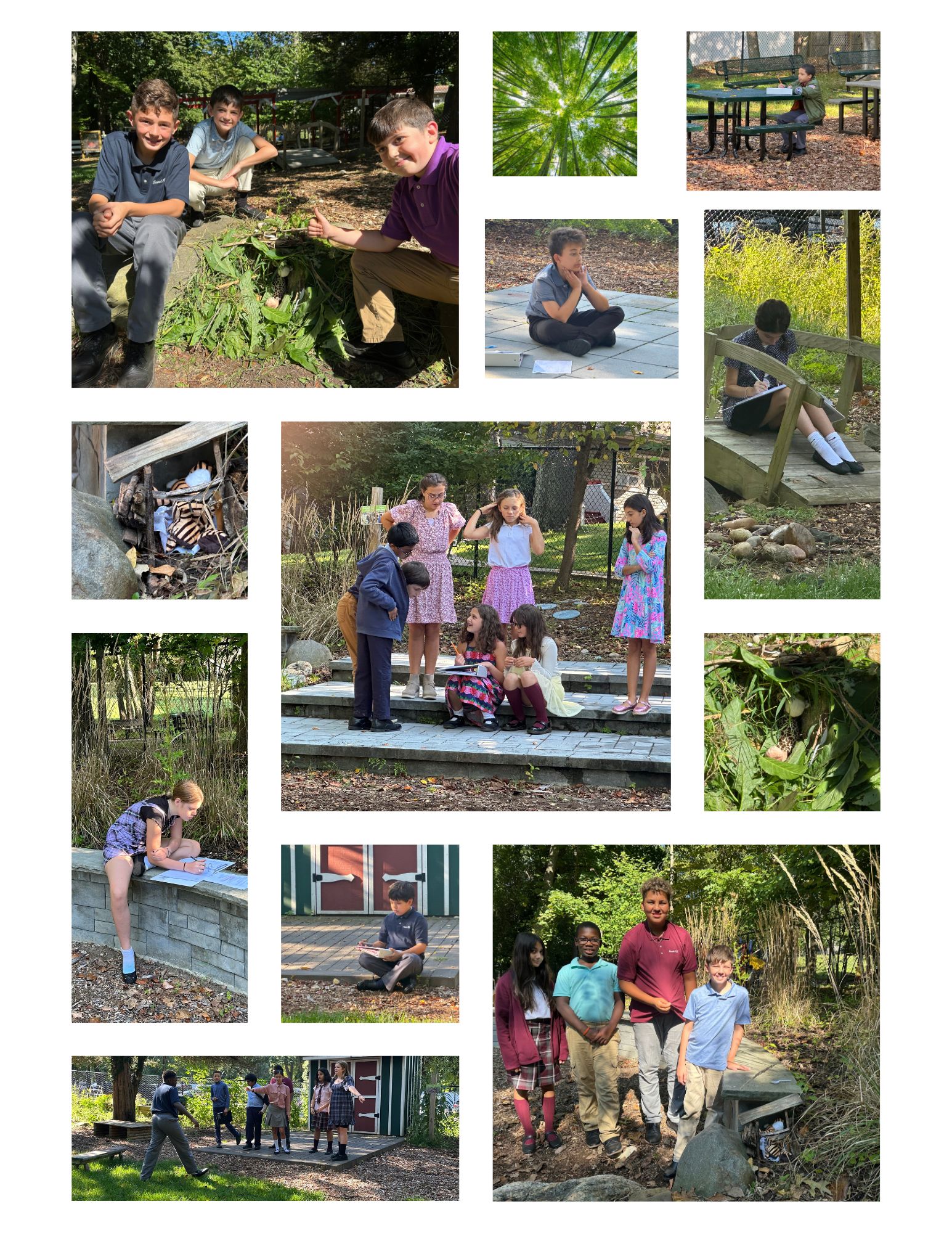
In ELA, students have been creating cheers inspired by Stargirl's school spirit, building survival shelters like Brian in Hatchet, discussing the value of individualism from Anthem, and examining nature through the eyes of Walt Whitman and Hà from Inside Out & Back Again.
These hands-on activities bring our novels to life and help students connect more deeply with the themes and characters they're reading about.

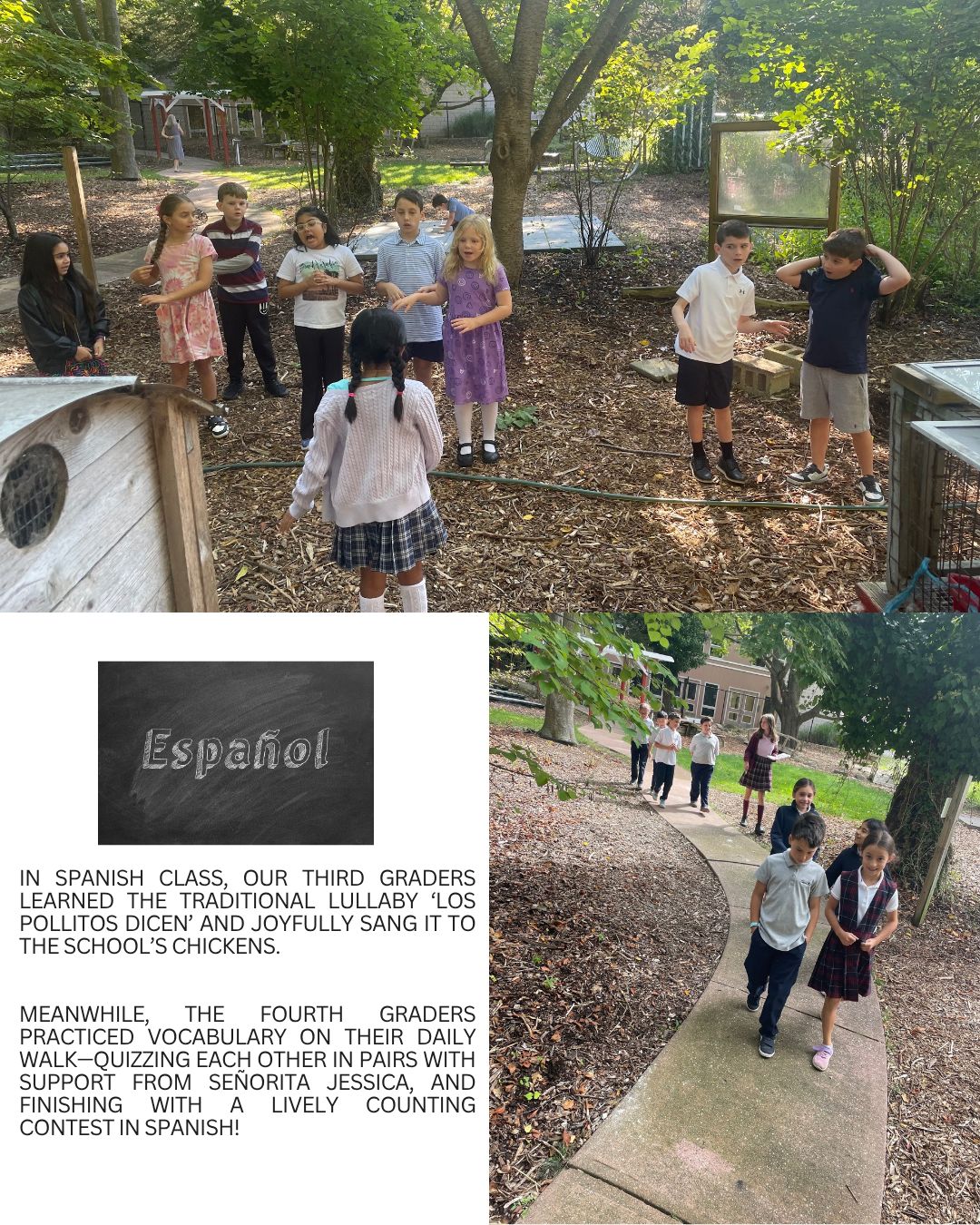

Exploring colors, rhythm, and imagination through hands-on art and music activities in our Outdoor Classroom
